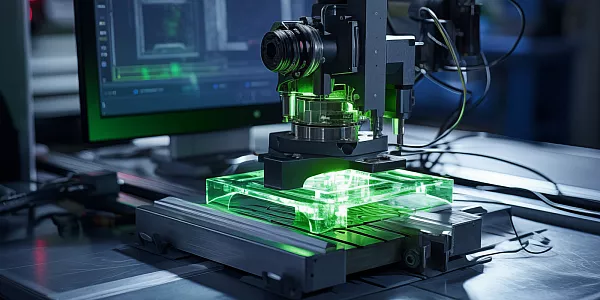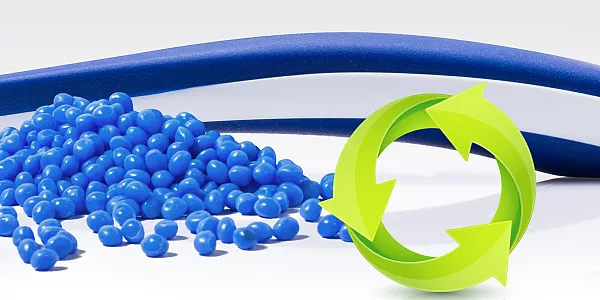Aesthetic appeal of TPEs for consumer food packaging
With the food industry driving the packaging sector, consumer food packaging is turning to plastic materials to maintain food safety and ensure the quality of food throughout the supply chain.
Food-safe thermoplastic elastomers (TPEs) are now widely used in the food packaging industry, for better food storage and preservation. The compounds not only protect contents from biological and chemical contaminants, they also prolong shelf-life of food products, thus making them safe for consumption.
As well by nature, TPE is non-corrosive, flexible and can withstand extreme temperatures, making it an excellent choice of material for food packaging containers.
TPEs are commonly used in food packaging, especially in products used for the preparation, storage and dispensing of food and drinks, from beverage bottles that use the tactile nature of TPEs to enhance feel and function, to food containers.
KRAIBURG TPE, a global thermoplastic elastomer manufacturer with a broad range of products and custom solutions for a range of industries, offers custom-engineered TPE solutions for the consumer food packaging industry catering to food safety and functional designs for packaging.
FC/AD/PA series – nylon adhesion for flexibility
KRAIBURG TPE’s FC/AD/PA series is characterized by its adhesion to PA, thus allowing for flexibility in designing containers. It has good adhesion to PA6 and PA6.6, with up to 50% glass fiber content, as well as PA12.
With is abrasion resistance characteristic, it is suitable for applications like ergonomic handles or wrap sleeves of bottle, gripper boots on the bottom of a mug and more.
The series of compounds meets international standards such as the EU Directive No. 10/2011, the Food and Drugs Administration (FDA) Code of Federal Regulations (CFR), Title 21.
FC/LF series – smooth touch texture
KRAIBURG TPE’s FC/LF series of compounds have a low friction coefficient and a good compression set, which makes it suitable for microwaveable containers and packaging.
The smooth touch and soft, velvety feel of the compounds, allow the TPEs to be applied in applications such as flexible lids for containers. This is especially important due to the material’s ability to create a tight seal, which helps to keep the containers air tight and maintain food freshness.
Other applications include seals, closures, squeeze bottles, packaging containers, beverage tubing and more.
The series meets various international standards which include the EU Directive No. 10/2011, the Food and Drugs Administration (FDA) Code of Federal Regulations (CFR), Title 21, standard EN 71/3 regulations and the China GuoBiao (GB 4806: 2016) as well as the MERCOSUR (GMC Res. No. 03/92, 02/12, 39/19)
A medley of color options
In today’s competitive consumer food packaging market, color and visual appeal is vital for manufacturers to attract consumers.
For an enhanced visual appeal of food packaging through visual aspects, both TPE series are offered in a translucent color for flexible coloration options.
KRAIBURG TPE also provides worldwide consistent colour quality standards with various precoloration options available to its customers all over the world.
Sustainability successes of our TPE
Besides the materials for consumer food packaging, KRAIBURG TPE’s recent sustainability innovations include a specially developed material solution for automotive, consumer, and industry applications comprising post-consumer recycled (PCR) and post-industrial recycled (PIR) content.
Are you looking for a sustainable TPE solution? Talk to us!
Our experts are happy to answer any questions you have, as well as to offer the right solution for your application.




